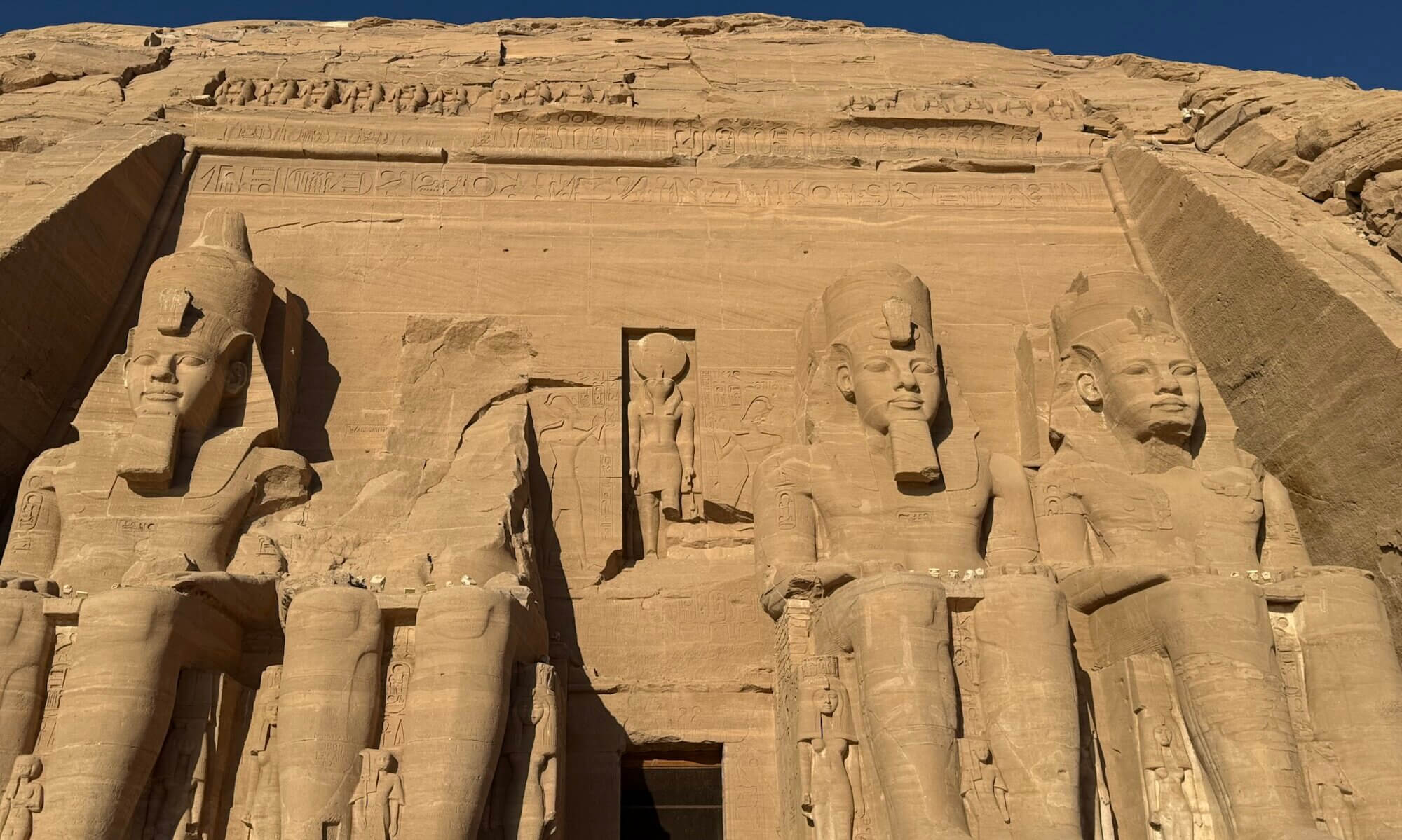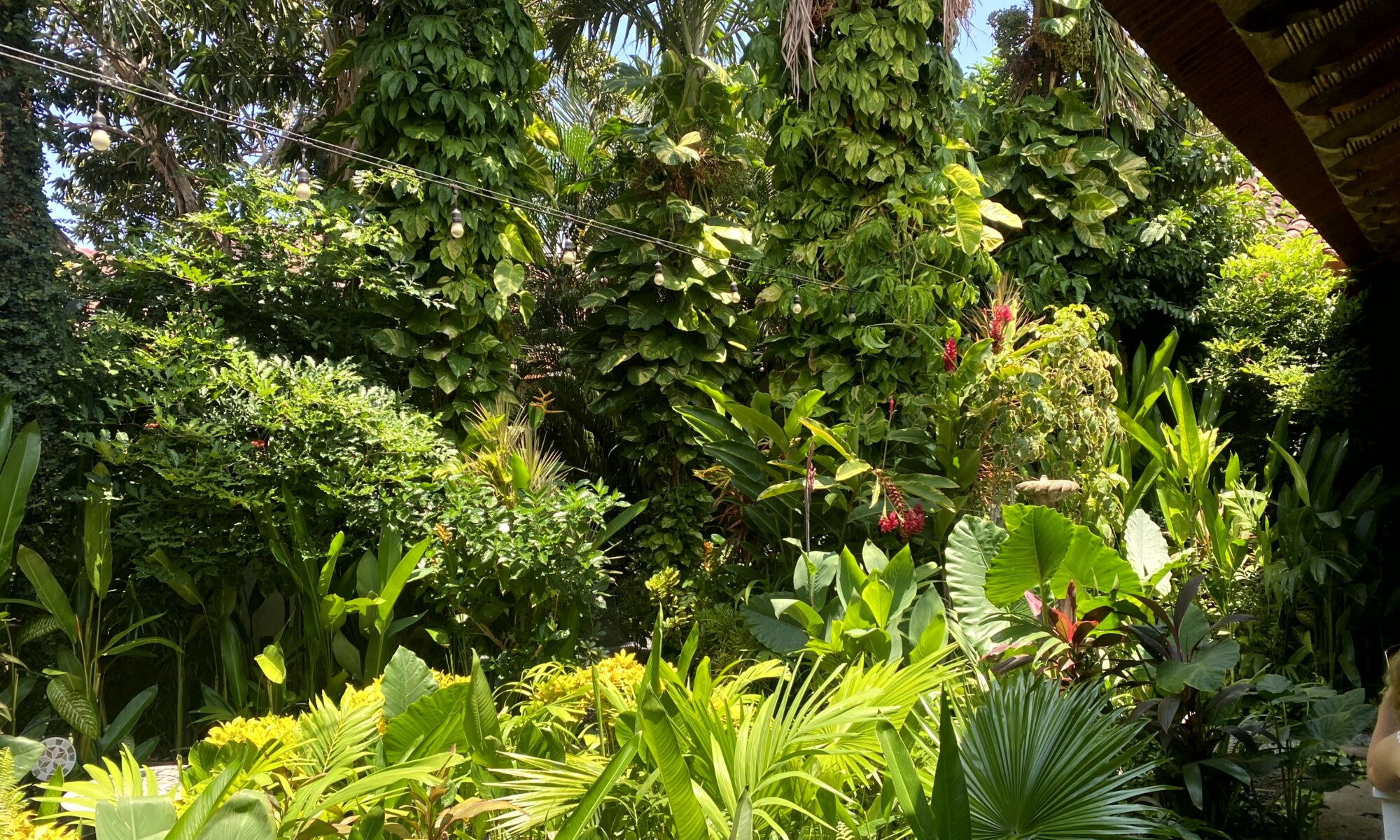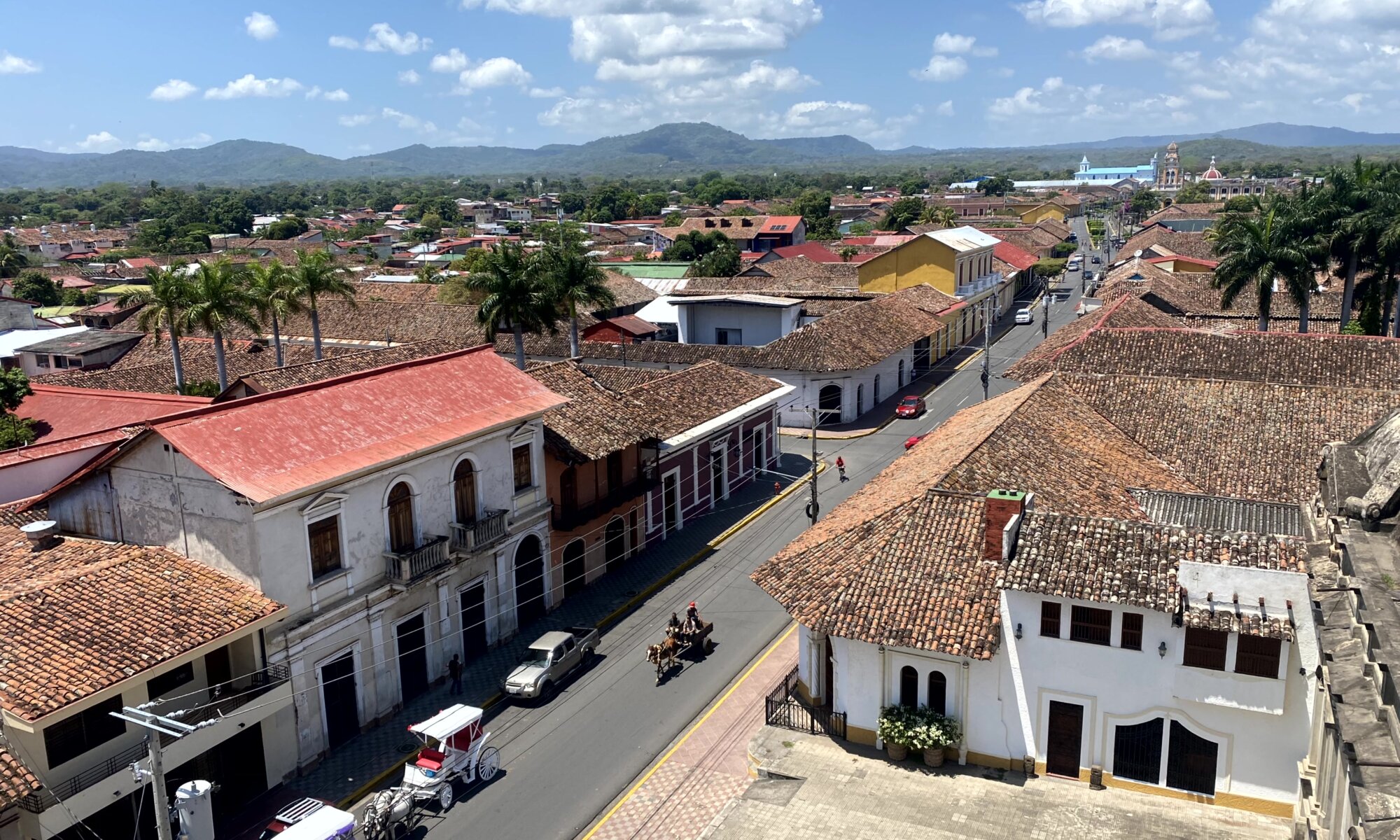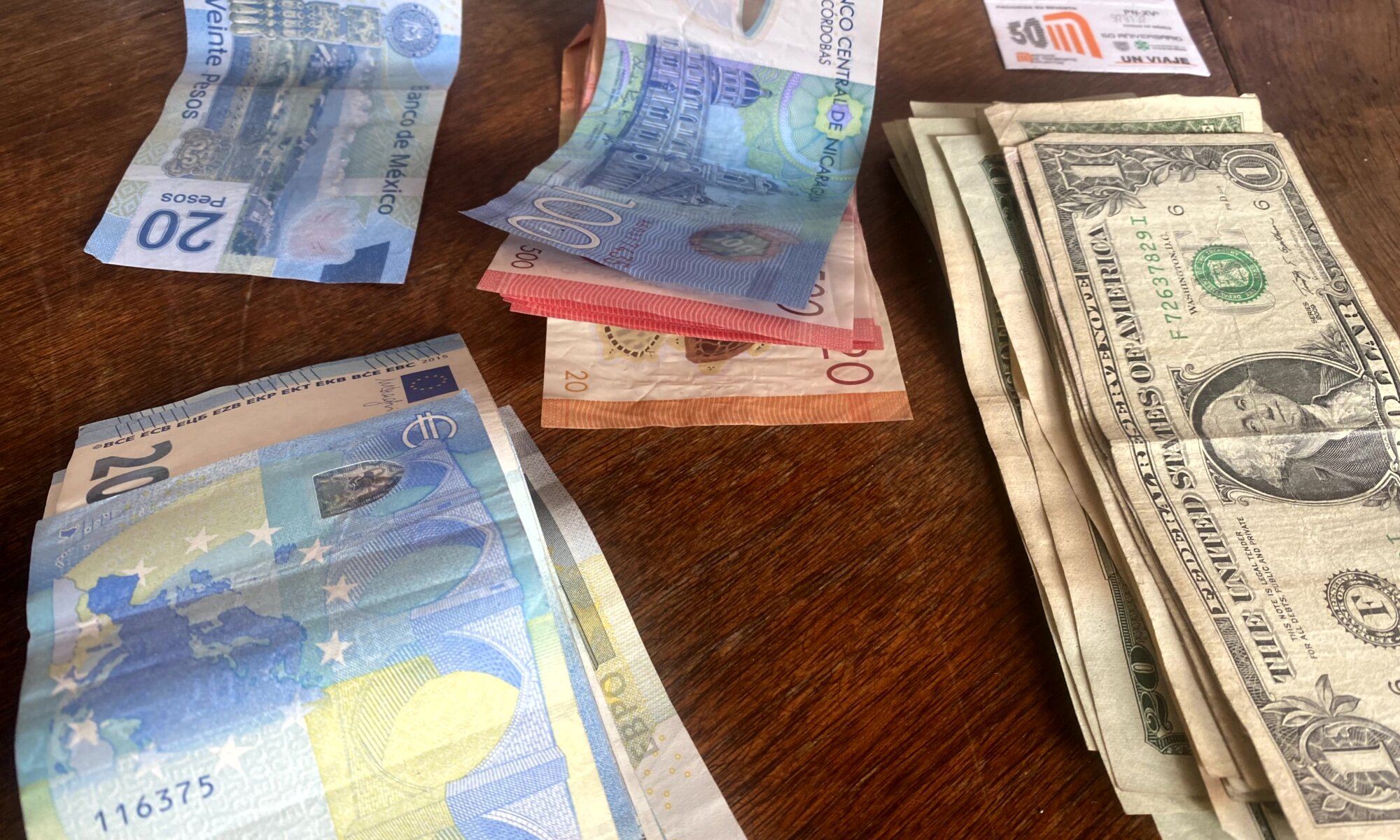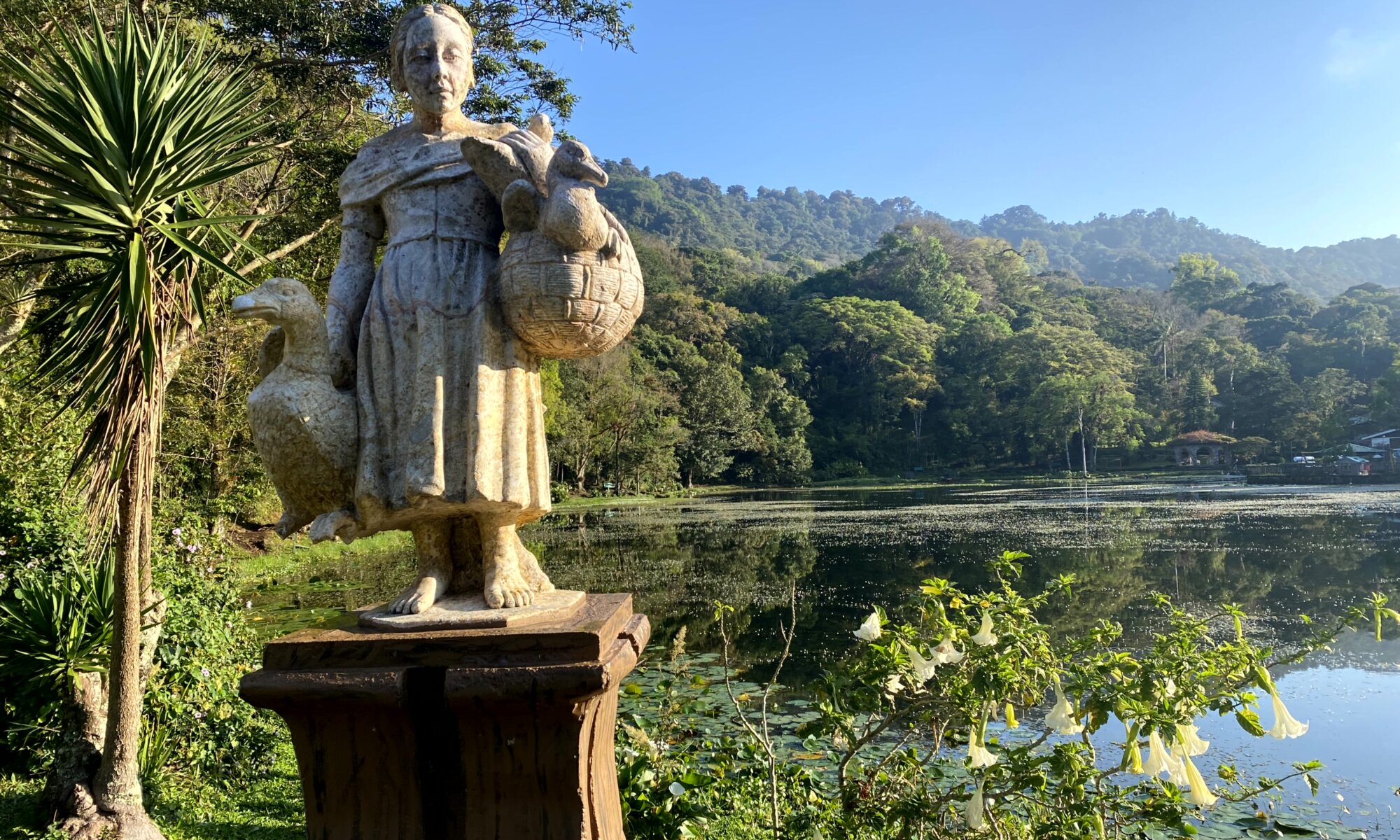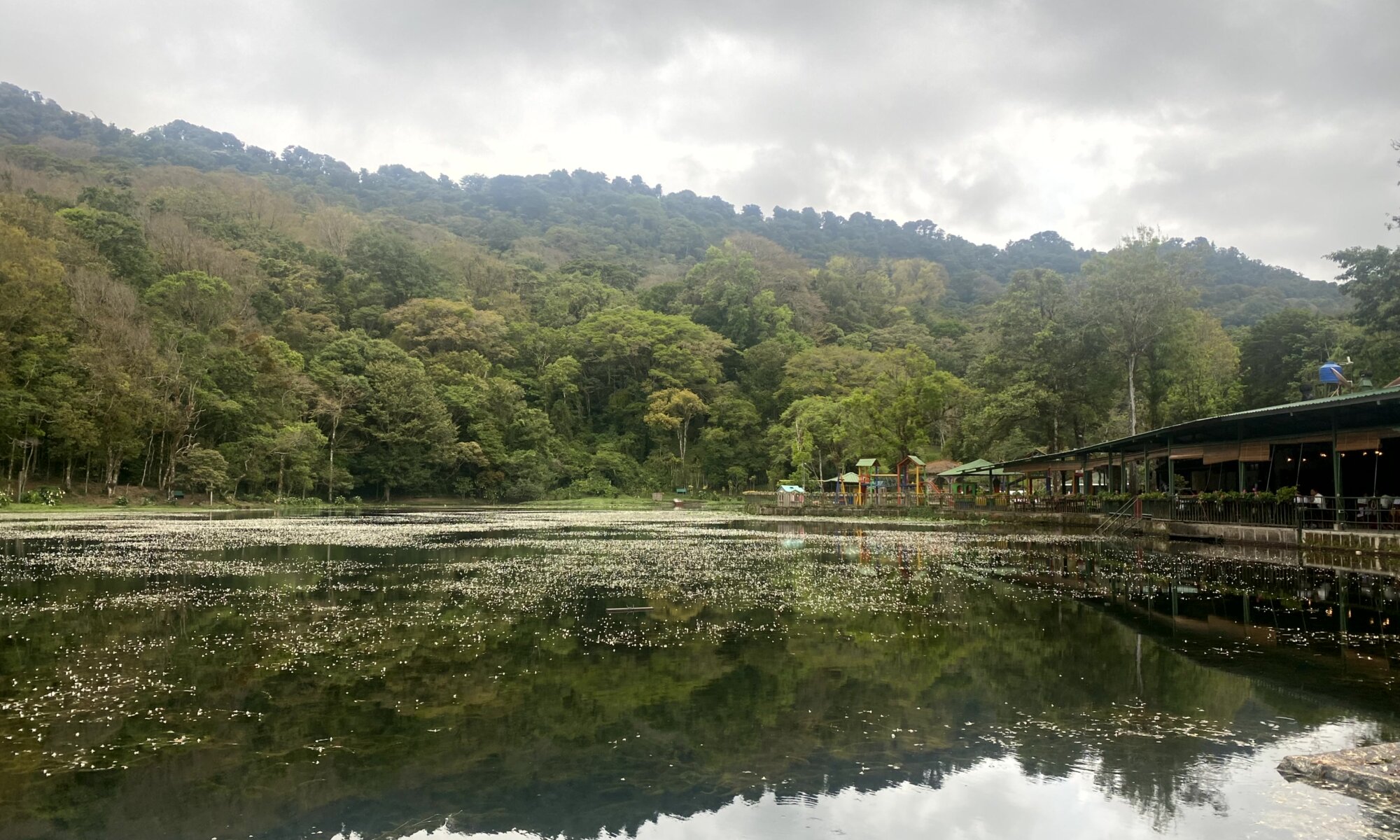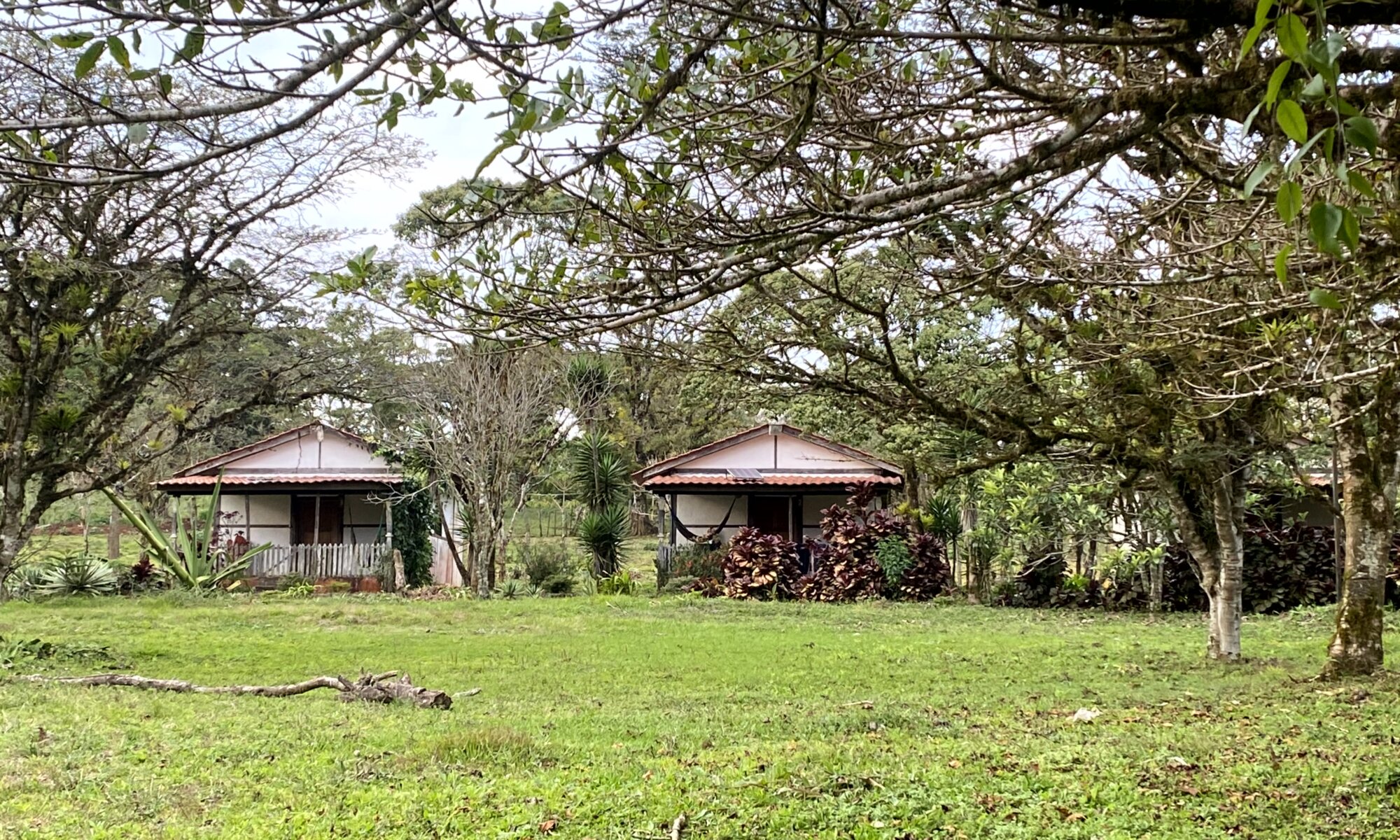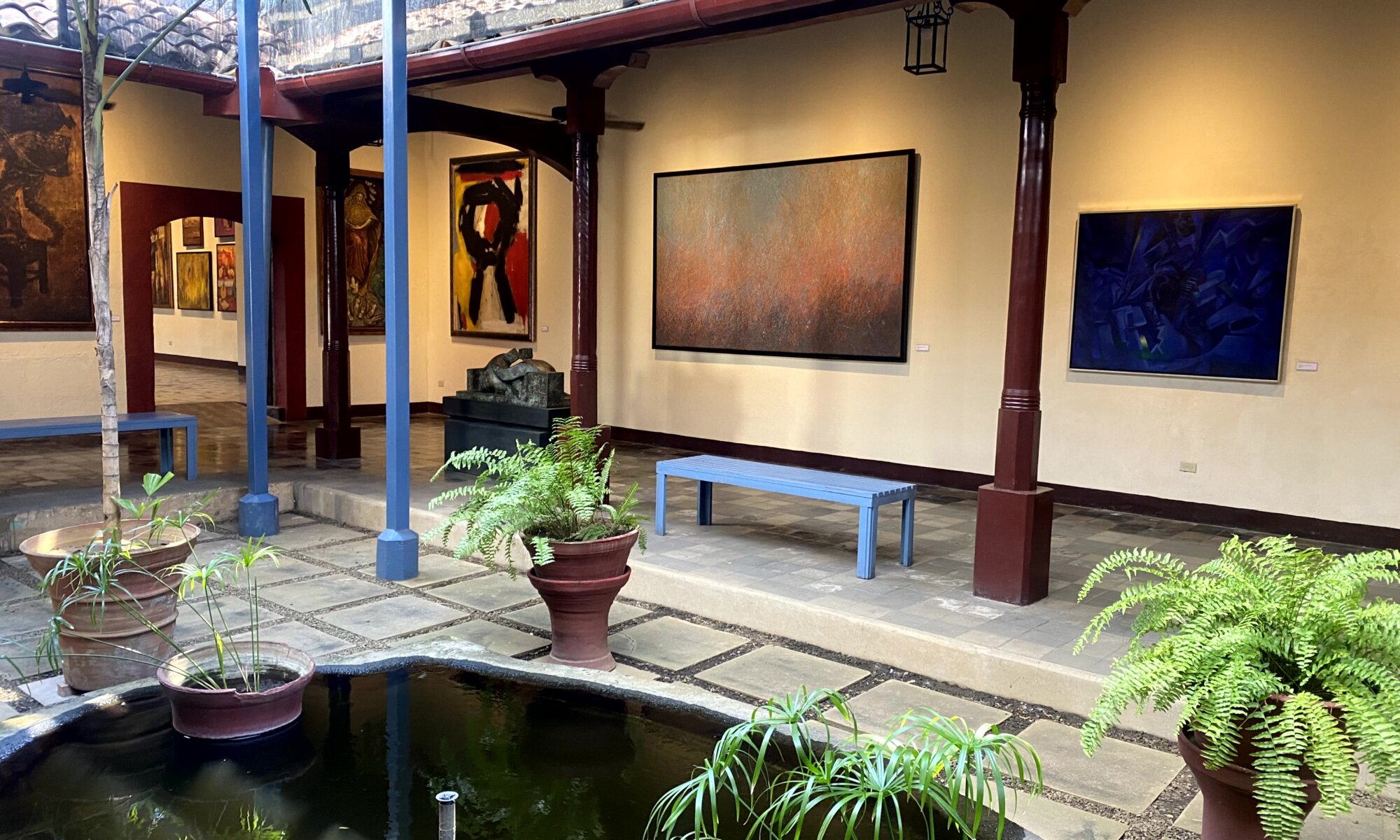Next to the church Convento San Francisco (one of the oldest in Central America) you can find the Museos Convento San Francisco in the former Franciscan monastery. It is the best place if you want to learn more about the history and traditions of Granada, Nicaragua. The museum is a wild mix of exhibits giving you inside in the earlier and later past of the city. Near the entrance you will first find a vast model of the city giving you the chance to understand the layout of Granada which is heavily shaped by colonial history.
Continue reading “Museos Convento San Francisco”The Gringo Café
Sometimes when I’m abroad and overwhelmed by the unusual life around me, by the different climate and the unfamiliar world surrounding me I’m looking for a safe harbor. For something well known, where I know how to act and where everything feels under control. That is most often an international chain, a coffee bar like Starbucks. People tend to laugh about this, but I’m not worried to admit that even I need to get accustomed to the situation.
Continue reading “The Gringo Café”Nuestra Señora de Las Mercedes
The Catholic church La Merced is one of the most iconic buildings of Granada, Nicaragua. That is mostly because of the centuries old Baroque-style facade of the building, it is an important cultural heritage of the city. La Merced (or Nuestra Señora de Las Mercedes) was built in 1534 and razed by pirates in 1655. In 1781 the tower was added in a different architectural style; it was destroyed during the Nicaraguan civil war in 1854.
Continue reading “Nuestra Señora de Las Mercedes”No hay trenes a Granada
The state railway of Nicaragua (Ferrocarril de Nicaragua, FCN) existed between 1877 and 1996. The main track was from Corinto at the Pacific ocean to Granada at the Lago Cocibolca. From there, goods could be shipped via the Suan Juan river to the Atlantic ocean – a coast to coast connection. But there were also tracks to León, Masaya, Chinandega and San Juan del Sur. In 2001 also the last private railway closed down and there are no trains running through Nicaragua anymore.
Continue reading “No hay trenes a Granada”Córdoba Oro and USD
A trip to Nicaragua means that you’ll have different currencies in your pocket. Official one is the Córdoba Oro (NIO), divided into 100 Centavos. It was introduced in 1912 and replaced the formerly used Peso. It is named after Francisco Hernández de Córdoba, the founder of the country. Due to inflation the currency had to be re-issued in 1988 and 1990. As often in Latin America, there is a secondary currency that is widely accepted. In Nicaragua this is the US-Dollar (USD) that you can withdraw at ATMs next to Córdobas and which you can use nearly everywhere.
Continue reading “Córdoba Oro and USD”La Niña de los Gansos
The Gänseliesel is the icon of my hometown, Göttingen (Germany). It is located at the central market place in front of the old town hall and was placed there in 1901. The statue plays an important role in celebrations, especially when somebody receives a PhD from the local university: he then has to bring her flowers and kiss her. What only few people know is, that the Gänseliesel has a doppelgänger at Nicaragua.
Continue reading “La Niña de los Gansos”Selva negra
The Selva Negra Ecolodge is located close to Matagalpa, Nicaragua. Its name sounds well-known for a Germany if you translate it: selva negra means black forest or Schwarzwald. In the 19th century immigrants from Germany created a coffee plantation there and gave it a name from their former home. Today their descendants still own this place and run a wonderful business: sustainable farming and eco-tourism.
Continue reading “Selva negra”Miraflor
The Área Protegida Miraflor northeast of Estelí, Nicaragua, is on the one hand a nature protection zone with beautiful forests and on the other hand an area of rural farming. Not too many tourists find their way on the non-paved roads to this special area of the country. Temperatures are different to those in the lower regions, infrastructure is less good – but therefore you can experience the rural life and try the products produced here.
Continue reading “Miraflor”Ojos lindos
The Finca Lindos Ojos is located at the Miraflor Natural Reserve northeast of Estelí, Nicaragua. That is up in the mountains with sometimes rather cold temperatures, but also with beautiful forests and amazing nature. Nearest village is La Cebollal and in this area different fincas exist that welcome tourists. Lindos Ojos is special, as the three houses have been built in the style of northern Germany. It is not only the horseheads on the roof and the style of half-timbered houses, also inside you’ll see pictures of different regions in Germany. Why is that?
Continue reading “Ojos lindos”Tortugas and Art
Not far away from the central square of León, Nicaragua, you can discover a rather unexpected pleasure, the Centro de Arte Fundación Ortiz Gurdián. Next to the San Francisco church you can enter a large and well-maintained art museum. It is a private museum financed by two private entrepreneurs and art collectors. Inaugurated in the year 2000 it is today often seen as the best museum for contemporary art in Central America.
Continue reading “Tortugas and Art”